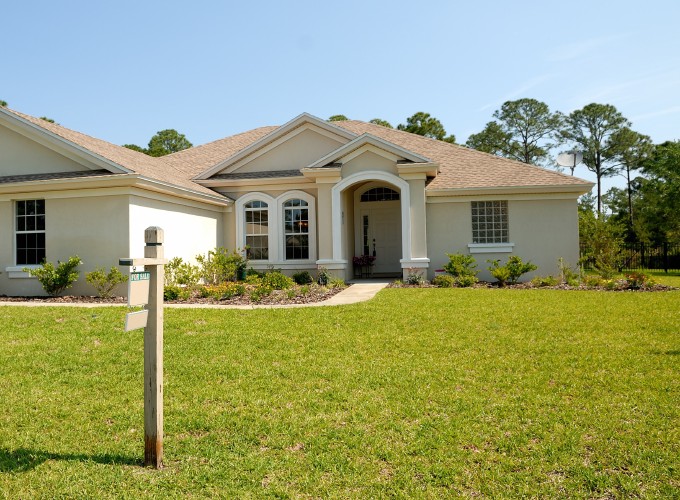 Image credit: Pexels
Image credit: Pexels
Continental-scale homogenization of residential lawn plant communities
 Image credit: Pexels
Image credit: Pexels
Continental-scale homogenization of residential lawn plant communities
Abstract
Residential lawns are highly managed ecosystems that occur in urbanized landscapes across the United States. Because they are ubiquitous, lawns are good systems in which to study the potential homogenizing effects of urban land use and management together with the continental-scale effects of climate on ecosystem structure and functioning. We hypothesized that similar homeowner preferences and management in residential areas across the United States would lead to low plant species diversity in lawns and relatively homogeneous vegetation across broad geographical regions. We also hypothesized that lawn plant species richness would increase with regional temperature and precipitation due to the presence of spontaneous, weedy vegetation, but would decrease with household income and fertilizer use. To test these predictions, we compared plant species composition and richness in residential lawns in seven U.S. metropolitan regions. We also compared species composition in lawns with understory vegetation in minimally-managed reference areas in each city. As expected, the composition of cultivated turfgrasses was more similar among lawns than among reference areas, but this pattern also held among spontaneous species. Plant species richness and diversity varied more among lawns than among reference areas, and more diverse lawns occurred in metropolitan areas with higher precipitation. Native forb diversity increased with precipitation and decreased with income, driving overall lawn diversity trends with these predictors as well. Our results showed that both management and regional climate shaped lawn species composition, but the overall homogeneity of species regardless of regional context strongly suggested that management was a more important driver.